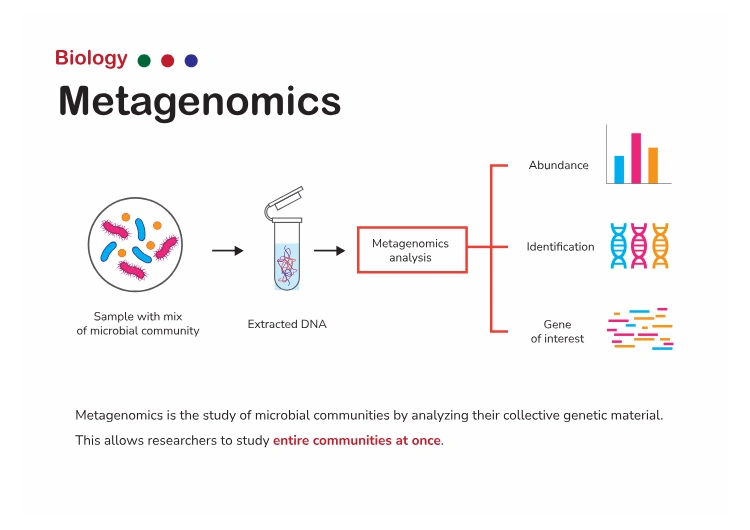Rare Infection Diagnosed with Metagenomic Test Saves Woman’s Eyesight After Five Years
Doctor's Mysterious Eye Condition Finally Treated Using Cutting-Edge Genetic Sequencing

In 2024, a 29-year-old doctor from Bristol had her eyesight saved thanks to a metagenomic test, a last-resort genetic sequencing method that identified a rare bacterial infection missed by traditional diagnostics. Ellie Irwin, who had spent five years battling an unresolved inflammation in her right eye, is now among the growing number of patients benefiting from metagenomics in clinical practice.
Five Years of Uncertainty and Declining Vision

Ellie’s symptoms began in 2019 while she was still in medical school. Her right eye developed chronic inflammation that led to blurred vision and eventually a cataract. Despite multiple tests—including those for autoimmune conditions and infectious agents—results remained inconclusive. Physicians assumed it was an autoimmune response and prescribed steroid eye drops and intravenous immunosuppressants.
Over the years, her condition remained unstable. Managing the condition took over her daily life, with hourly eye drop applications becoming a constant necessity. The medication regimen, frequent hospital visits, and continued vision problems interfered with both her work and quality of life.
At one point, she even considered removing her eye.
What Is a Metagenomic Test?

A metagenomic test involves sequencing the genetic material from a sample—such as tissue, fluid, or swab—without needing to culture the organisms. Unlike conventional tests that look for known pathogens, metagenomics provides a wide-angle view, identifying all microbial DNA or RNA in a sample.
This approach is particularly valuable when the causative organism is rare, unculturable, or unexpected. In Ellie’s case, it identified a rare bacterial strain that had gone undetected for years. Once the correct pathogen was known, she was treated with targeted antibiotics, leading to full recovery.
A Turning Point in Infectious Disease Diagnosis
According to Professor Carlos Pavesio, an ophthalmologist at Moorfields Eye Hospital, the case marks a major step forward. He emphasized that countless patients endure ongoing infections even after multiple diagnostic attempts and treatment rounds. This case shows that with the right technology, we can identify the pathogen and actually cure the patient,” he said.
The case highlights how metagenomic testing can offer answers in infections that traditional methods struggle to identify. Traditional diagnostics often rely on culture-based or antibody-driven methods, which may fail if the pathogen does not grow in artificial media or if the immune response is atypical.
The Broader Impact of Metagenomics in Medicine
Although still relatively new in clinical practice, metagenomics has been widely used in microbial ecology and environmental biology. Now, its transition into human health is showing promise, especially in areas like infectious disease, oncology, and microbiome research.
In hospitals, metagenomic sequencing could help address diagnostic blind spots where patients are symptomatic, but no clear cause is found. It may also help combat antimicrobial resistance by guiding precise antibiotic selection.
However, there are challenges. The technology is resource-intensive, data interpretation requires advanced bioinformatics, and clinical validation is ongoing. Still, cases like Ellie’s highlight the test’s value as a diagnostic tool when conventional methods fail.





